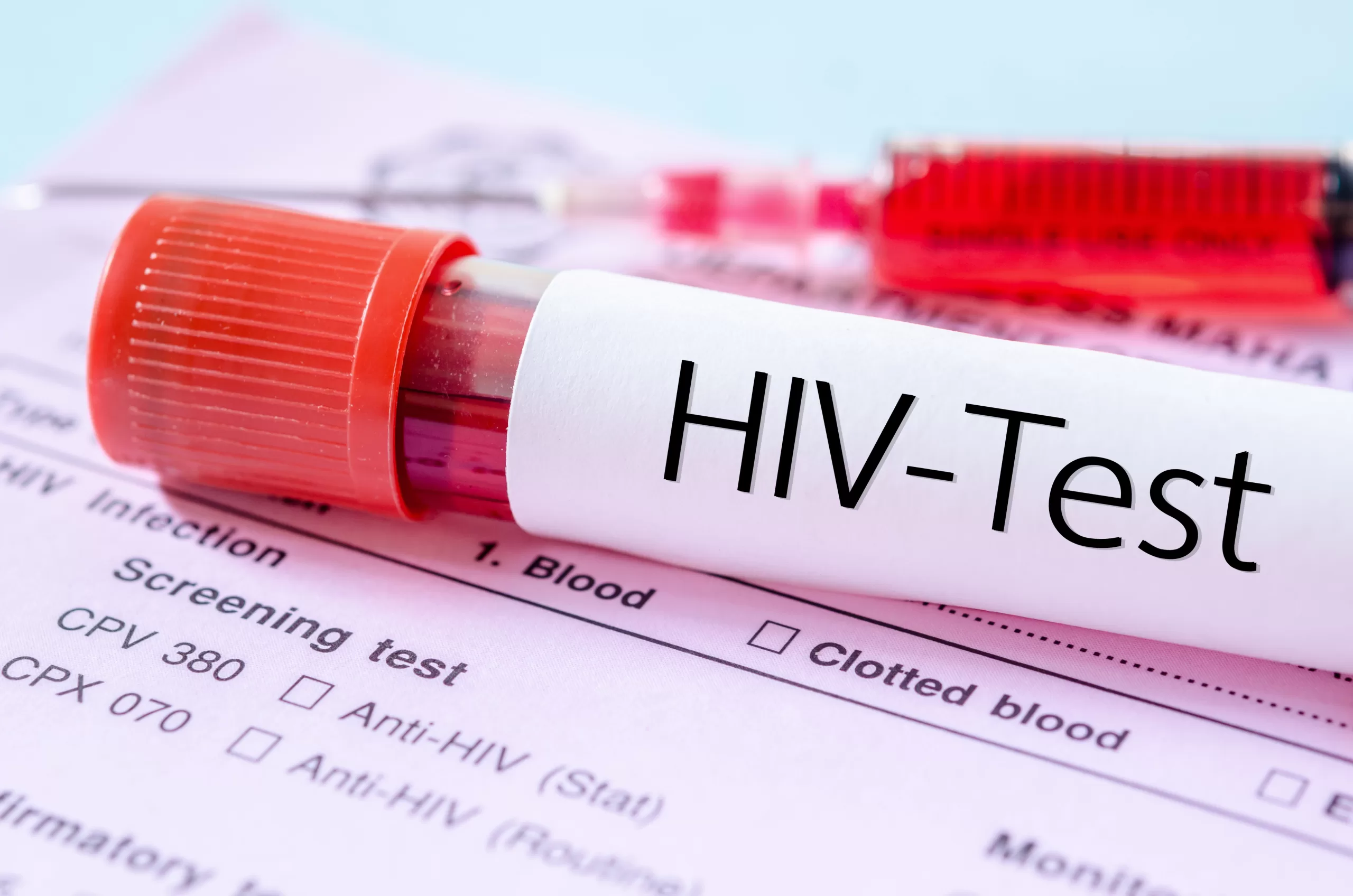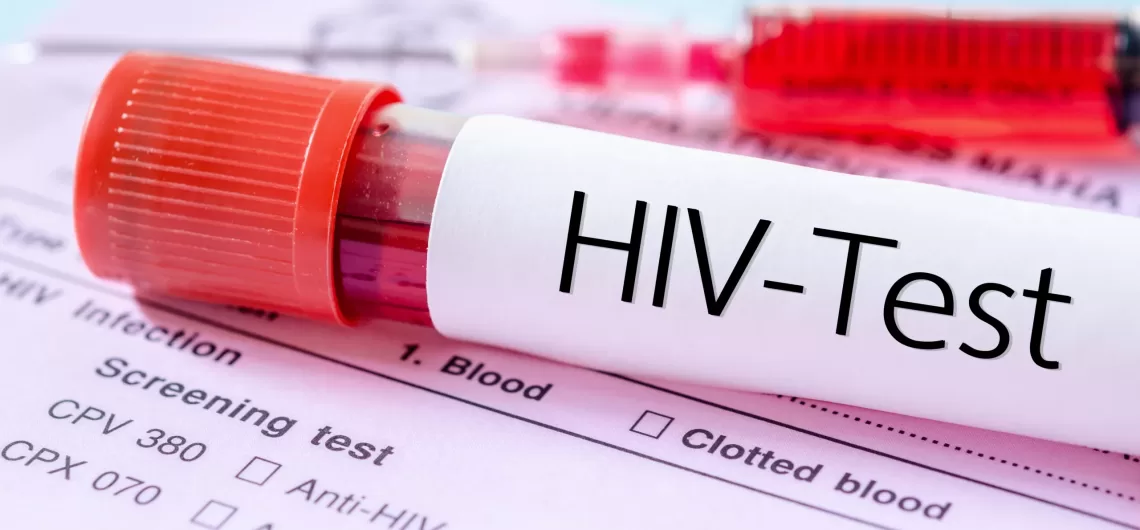Health systems constraints
HIV/AIDS poses a challenge for health and social systems. Although positive steps have now been taken by the Kenyan government in combating HIV/AIDS, still numerous challenges remain. One issue is the structural inadequacy of Kenya’s current health care system that was geographically revealed. The basic health services and other social service systems are poorly functioning. And a trained health worker are leaving for better opportunities in urban areas leaving understaffed in the rural health institutions.

The epidemic cannot be tackled only through medical intervention. But it requires multi level interventions that seek to involve a variety of partners in coordinated. Action that have been shown to be more successful than those that work in isolation. But it has found real challenges for Kenya government to work with all stakeholders in a mutual approaches.
On the other hand, HIV infected people are not receiving effective health care services. It seems to be a big management issue for adequately expanding HIV treatment sites. For targeting vulnerable groups which is not easy access to the disperse populations. Thus, the policy level people need to address these pertinent issues. And overcome the diminish access to both preventive and medical care services to the high risk populations.
Financial constraints
HIV/AIDS programme is well-funded areas in any country but this epidemic burdens the economy of any country. “Prevention makes treatment affordable and treatment can make prevention more effective.” Adequate financial resource for HIV/AIDS prevention and treatment programme. Scale up is a great challenge because poverty is a key factor in propagation of the HIV epidemic.
Many of the high risk behaviors that expose people to HIV are related to poverty. There has been debate regarding the relative allocation of HIV/AIDS funding. How much should go towards prevention and how much towards treatment. With an emerging consensus at policy level that prevention. And treatment are best viewed as complementary rather than in competition with one another.
Increased access to treatment improves opportunities for HIV prevention. Through increased HIV testing and increased testing can reduce stigma. And act as an entry point to prevention services. A financial issue for a developing country Kenya has great challenges for medical care because HIV is chronic in nature.
HIV treatment requires a lifetime commitment and consequently there is a need to find sustainable funding. This is the main management problems for finding and allocating the adequate financial resources. For medical care to people living HIV and AIDS.
Social and cultural challenges
Kenya is a multicultural and multiethnic society with over one hundred ethnic and caste groups. Socio-cultural norms provide a formidable challenge to efforts to mitigate the impact of HIV/AIDS AIDS. Is a social and cultural issue, dealing the sex issues regarding in Kenyan society, it is disrespectful.
Sexual behavior is not openly discussed in Kenya and talking sex is considered impolite. Parents and elders usually do not talk openly about sex with adolescents. And this cultural constraint is one that this paper will examine in more detail. On the other hand, most of the Kenyans do not know their status. And so many may continue to be engaging in unsafe sexual practices.
They do not go to test and seek treatment because Kenyan people perceive HIV/AIDS negatively. They are not ready to discuss in the society and hide their status. Due to the fear of the society but not due to the fear of the transmitting the disease. Mass media reinforces this negative attitude towards HIV/AIDS as the bad person’s disease. It shows the great displeasured about the awareness programme from mass media for generating negative attitude towards HIV/AIDS.
Similarly, commercial sex workers, drugs users, men sex with men are socially. And culturally perceived as being of bad character which directly hinders the utilization of HIV prevention and treatment services. Thus, these socio-cultural challenges are responsible to fuel the spread of HIV/AIDS and diminish access. To both preventive and medical care services So, it is time for policy makers to think seriously address the way the media message.
Leadership and coordination
Strong leadership at all levels of society is crucial for an effective response to the HIV/AIDS prevention and treatment programme. Leadership involves personal commitment and concrete actions unfortunately organization is functioning within stability at the top level of management which is hindering the HIV prevention and treatment programme effectiveness in the long term.
According to UNGASS, the government is a poorly functioning in national coordination mechanism which results in poor policy support (UNGASS 2006). Currently, more than 100 NGOs are working in the HIV/AIDS field in Kenya and many have several specific programmes but these programmes are scattered and there is a lack of a common forum and coordinating mechanism to play a significant role in strengthening the programmes with better output.
It is also necessary to examine the impact of intervention on a regular basis. There is lacking of coordination and collaboration that are always part of good programme management which develop synergies, maximize resources utilization and reduce duplication of programmes.
The National Strategic Plan embodies a multi-sectoral response, it has been particularly challenging to maintain interest and engaging non health sectors in the planning and implementation because HIV/AIDS is not their more interest field.
Strengthening the institutional mechanisms both within and outside, as well as empowering leadership at policy levels to functional levels, are crucial requirements for transforming the national response to HIV and AIDS from a plan into action.
Stigma and discrimination
Stigma and discrimination are still the much talked issues .HIV related stigma significantly impacts on uptake of HIV testing, negative attitude of services providers, and adherence to HIV treatment and follow up .This reinforces the social constraints of cultural acceptance of medical initiatives.
Due to stigma and discrimination people are less likely to undergo HIV test and seek treatment .PLWHA hide their disease due to the fear of the separation as well as stigma sculptured by the mass media. It is important to address and take steps to eliminate stigmatization of most at risk populations when developing HIV/AIDS prevention interventions programmes.
This situation, directly challenges to success of HIV prevention and treatment services. If this situation continues, government’s efforts will be lost. In this regard, government needs to develop befriending support intervention programme that should to be culturally appropriate to overcome the stigmatization and discriminations toward people living with HIV/AIDS by the health personnel in health institutions and also in the community.
Limited coverage of HIV treatment
Life-saving anti-retroviral drugs (ARVs) help people living with HIV to have longer and healthier longer. The use of ARV has lead to a marked reduction in AIDS related morbidity and mortality, in countries where ARVs are widely available are experiencing clear declines in AIDS related death , this has led to a 70% decline in deaths due to HIV/AIDS (WHO/UNAIDS 2006).
However, less development has existed in the area of HIV treatment in Kenya despite the fact that the estimated number of people living with HIV is very high. These sites not adequately cover to all PLWHAs as many cannot access the services.
This is because; we have issues about the availability of HIV treatment and other side inadequate response of the government. The access to treatment is uneven across and within countries. Available evidence from numerous studies indicates that provision of antiretroviral drugs to infected mothers significantly reduces vertical transmission, with values ranging from 33–63% reduction
Thus, PMTCT programme will be one of the entry points for ARV but numerous issue and challenge (limited testing, counseling, poor referral mechanisms, stigma etc) are hindering to reach the HIV treatment services in Nepal. These are management issues which could be addressed directly by the policy level.
Conclusion
Limited resources and administrative capacity tied with strong underlying needs for health services (HIV/AIDS prevention and treatment) create serious challenges to the Government of Kenya. HIV prevention programmes build individual skills needed to use prevention commodities properly and run preventive and medical services in parallel.
Programmes to prevent HIV transmission often compete with programmes to treat people suffering from AIDS for limited resources with numerous challenges such as management issues and deep- rooted cultural constraints. Nepal faces numerous challenges in effectively addressing the HIV prevention and treatment to the epidemic. Critically the use of condoms, adequately testing and counseling and behavioral change through a social-cultural change will remain among the most important prevention measures.
These can be mobilized by strategic management interventions. Despite, numerous efforts by Kenya Government, HIV prevention and treatment services are not able to reach the at-risk populations because there is a gap between top levels to grass root level. Thus, the policy makers seriously need planning to anticipate and translate the plan into action to prevent and treat the increasing numbers of people living with HIV/AIDS.
There is urgent need to address those issues and challenges and strengthen the whole spectrums of health systems through collaborative approach to achieve the millennium development goals. We have also identified the need to address the cultural constraints which may obstruct the use of services offered due to antipathy within or between groups of sufferers and the general population and without preventing those most at risk people, it is not possible to halt and reverse the HIV epidemic.
